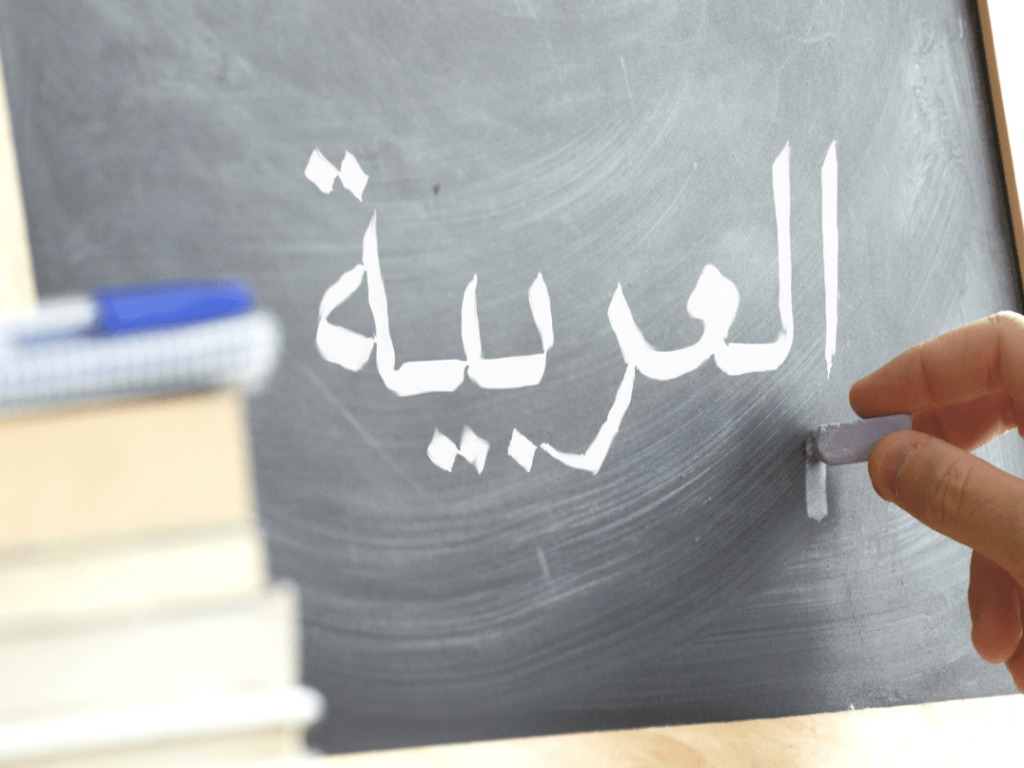Have you ever wondered about the origin of the Arabic language? Or asked yourself when was Arabic created?
Arabic isn’t just a language; it’s a part of a rich history and an ancient civilization. With a history that spans thousands of years, the Arabic language has evolved to become one of the most widely spoken and important languages in the world. In this article, we’ll take you on a quick, fascinating journey to discover how this language began and how it reached us in its current form.
When was Arabic Created? The Origin of the Language
The Arabic language belongs to the Semitic language family, a group of languages found in the Middle East and North Africa, which also includes Hebrew and Aramaic.
Scholars believe that the earliest form of Old Arabic emerged during the Iron Age. It developed from older scripts like the Nabataean Aramaic.
Earliest Discoveries:
- The Oldest Inscriptions: The earliest known inscriptions in Old Arabic date back to the 4th century AD.
- The Pre-Islamic Era: Before the rise of Islam, Arabic was the language of poetry and literature on the Arabian Peninsula. Poetry was used to record history and pass on stories.
How Islam Unified the Arabic Language
The major turning point in the history of the Arabic language was the revelation of the Quran in the 7th century AD.
Why was the Quran so important?
- Linguistic Unification: Before Islam, there were slight differences between the dialects of the various Arab tribes. The Quran introduced a unified and highly sophisticated linguistic standard, which became the benchmark for the Arabic language.
- Widespread Expansion: With the Islamic conquests, the Arabic language spread to vast regions, from the Iberian Peninsula (modern-day Spain and Portugal) all the way to China. People began to speak and write it, whether they were Arabs or not.
- The Language of Science: During the Islamic Golden Age (8th to 13th centuries AD), Arabic was the language of science. Works by philosophers and scientists from other civilizations were translated into Arabic, and Arab scholars produced immense contributions in medicine, astronomy, and mathematics, all in the Arabic language.
Classical Arabic vs. Colloquial Arabic (The Dialects)
One of the most important concepts for an Arabic learner to understand is the difference between Classical Arabic and Colloquial Arabic.
- Classical Arabic: This is the language of the Quran and classical Arabic literature. It is considered the foundation.
- Colloquial Arabic (Dialects): These are the languages spoken by people in their daily lives. Each region has its own specific dialect, and these dialects can be quite different from one another.
Are the Arabic dialects similar?
In reality, some dialects are very different from each other. This difference is similar to the distinction between Spanish and French, which both descend from a common ancestor (Latin).
The Most Common Arabic Dialects:
| Dialect | Region | Characteristics |
|---|---|---|
| Egyptian | Egypt | Widely understood due to the influence of Egyptian films and television shows. |
| Levantine | The Levant (Syria, Lebanon, Jordan, Palestine) | Known for its soft and beautiful sound. |
| Gulf | Gulf countries (Saudi Arabia, UAE, Qatar, Kuwait) | Contains unique vocabulary specific to the Gulf region. |
| Maghrebi | North Africa (Morocco, Algeria, Tunisia) | Can be difficult to understand at times due to its influence from other languages. |
Modern Standard Arabic (MSA)
In the 19th and 20th centuries, Classical Arabic evolved into what is known as Modern Standard Arabic (MSA). It is a simplified and updated form of the classical language to suit modern times.
Why do we need Modern Standard Arabic?
Because it unifies all Arab countries and allows speakers of different dialects to communicate. For example, if a person from Morocco meets someone from Iraq, they might not understand each other’s dialects, but they can easily communicate using Modern Standard Arabic.
Conclusion: The Future of the Arabic Language
The origin of the Arabic language dates back thousands of years, and the history of the Arabic language has seen many changes. Today, Arabic is a living language spoken by more than 400 million people.
When you start learning Modern Standard Arabic, remember that you are learning a language with a rich history, and it will be your key to communicating with millions of people around the world.
If you wish to learn more about the Arabic language, download our Arabic learning app.



